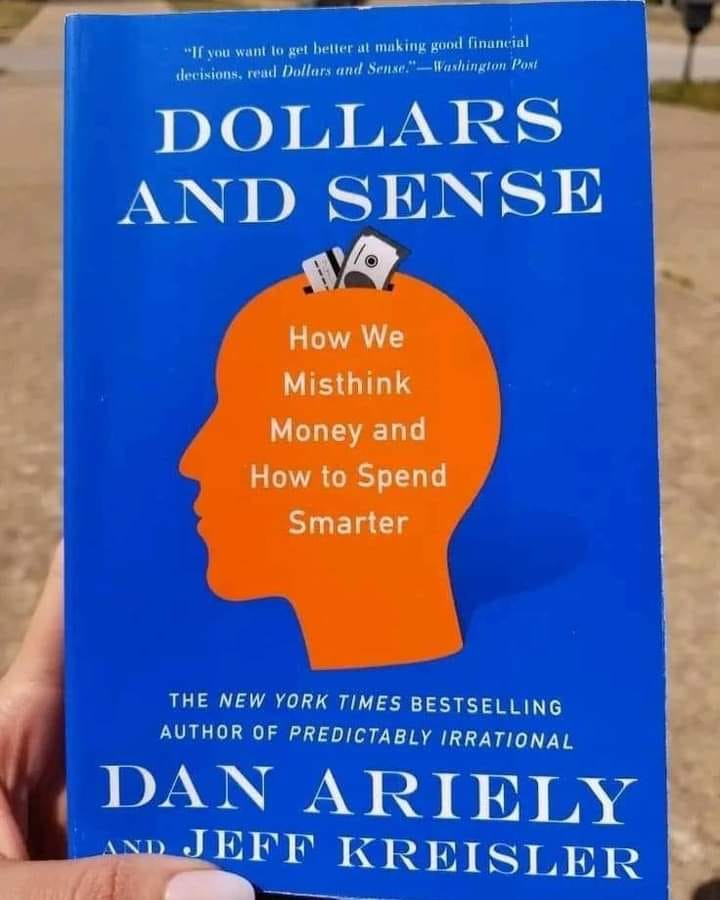Dollars and Sense: Understanding Financial Literacy
Financial literacy is essential in today’s complex economic landscape. Understanding “dollars and sense” involves not just knowing how to manage money but also making informed decisions that can lead to long-term financial stability and success. Here’s an overview of key concepts in financial literacy and why they matter.
1. Budgeting Basics
Creating a budget is the cornerstone of financial management. A budget helps you track income and expenses, ensuring that you live within your means. Key steps include:
- Identifying Income: Know your total monthly income, including salaries, bonuses, and other sources.
- Tracking Expenses: Categorize fixed (rent, utilities) and variable (food, entertainment) expenses.
- Setting Goals: Determine short-term and long-term financial goals to guide your spending.
2. Saving and Emergency Funds
Saving is crucial for financial security. An emergency fund—typically three to six months’ worth of living expenses—provides a safety net for unexpected expenses, such as medical emergencies or job loss. Strategies for saving include:
- Automating Savings: Set up automatic transfers to a savings account to ensure you save consistently.
- Setting Savings Goals: Identify specific targets, whether for travel, a home, or retirement.
3. Understanding Debt
Managing debt is vital for financial health. Different types of debt, such as credit cards, student loans, and mortgages, come with varying interest rates and repayment terms. Key concepts include:
- Good vs. Bad Debt: Good debt can enhance your financial situation (like a mortgage), while bad debt (like high-interest credit cards) can be detrimental.
- Debt Repayment Strategies: Methods like the snowball (paying off smallest debts first) and avalanche (focusing on highest interest rates) approaches can help manage and eliminate debt.
4. Investing Wisely
Investing is a way to grow wealth over time. Understanding the basics of investing can significantly impact your financial future. Important considerations include:
- Risk Tolerance: Know your comfort level with risk, which will guide your investment choices.
- Diversification: Spreading investments across various asset classes (stocks, bonds, real estate) can reduce risk.
- Long-Term Perspective: Investing is typically a long-term endeavor; patience can yield significant returns.
5. Retirement Planning
Planning for retirement is crucial for ensuring financial security in later years. Key components include:
- Understanding Retirement Accounts: Familiarize yourself with options like 401(k)s and IRAs, which offer tax advantages.
- Calculating Needs: Estimate how much you’ll need in retirement, considering factors like lifestyle, healthcare, and inflation.
- Regular Contributions: Make consistent contributions to your retirement accounts to take advantage of compound interest.
6. Financial Education and Resources
Continuously educating yourself about personal finance is essential. Resources include:
- Books and Blogs: Explore literature on financial management, investing, and budgeting.
- Workshops and Courses: Many organizations offer free or low-cost financial literacy workshops.
- Online Tools: Utilize budgeting apps, investment platforms, and financial calculators to help manage your finances.
Conclusion
Understanding “dollars and sense” is critical for achieving financial well-being. By mastering budgeting, saving, debt management, investing, and retirement planning, individuals can make informed decisions that lead to financial stability and growth. Financial literacy empowers us to navigate economic challenges and seize opportunities, ultimately fostering a more secure and prosperous future.
